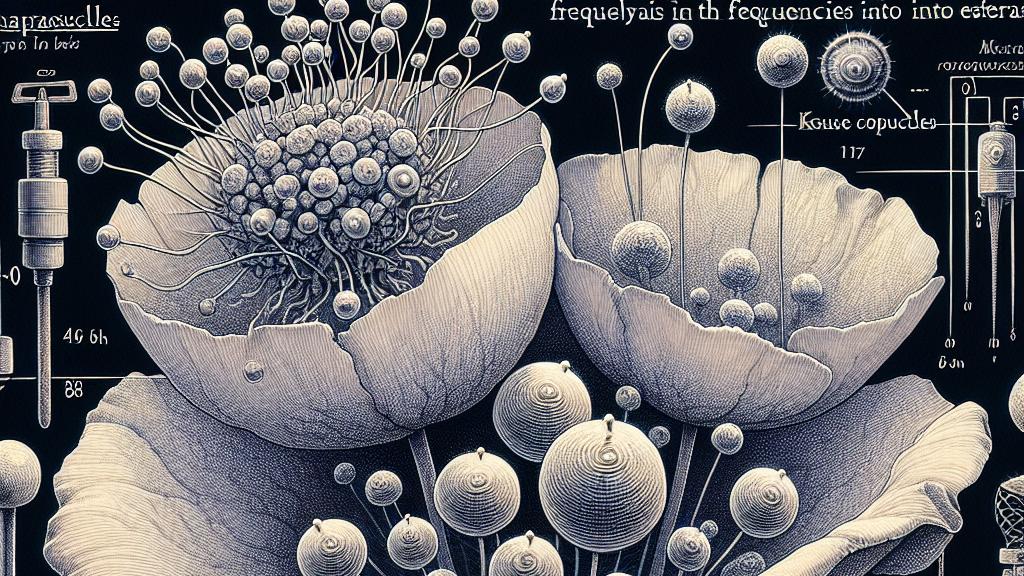Unlocking the Secrets of Krause Corpuscles: The Sensational Sensors of Sensuality
Overview
- Krause corpuscles are extraordinary sensory receptors nestled within the genital tissues, serving as nature’s finely tuned touch detectors.
- These sensors play a pivotal role in orchestrating sexual behavior and enhancing intimate experiences for both genders.
- Recent scientific research has not only clarified their functions but also underscored the vital importance of precise communication in science.

Understanding the Intricacies of Krause Corpuscles
Krause corpuscles are akin to the delicate petals of a flower, each designed to respond to the subtleties of touch. Discovered in the 1850s by pioneering anatomist Wilhelm Krause, these specialized sensory structures flourish mainly in the clitoris and penis. Their exceptional density in the clitoral region is comparable to a concert hall filled with eager listeners awaiting a symphony. These fascinating corpuscles act like microscopic amplifiers, finely attuned to light touches and vibrations, achieving optimal sensitivity at frequencies of 40 to 80 Hz. This extraordinary ability signifies their crucial role in initiating and elevating sexual arousal, transforming the ordinary into the extraordinary in moments of intimacy.
The Dynamic Role in Sexual Behavior
Delving into the dynamic realm of sexual behavior, Krause corpuscles emerge not just as passive observers but as active participants in the dance of intimacy. Groundbreaking experiments have unveiled their fascinating capabilities: for instance, stimulating these receptors can provoke spontaneous penile erections in male mice, while females experience rhythmic contractions akin to a heartbeat. Picture this: a mere whisper of a touch translates into profound physiological responses, weaving a rich tapestry of emotional and physical connections. However, when these critical sensors are compromised, the consequences are stark; mating behaviors often diminish, underscoring their essential role in maintaining vibrant expressions of sexuality and deepening emotional bonds between partners.
Recent Discoveries and the Importance of Accuracy
A recent correction in scientific literature regarding Krause corpuscles has illuminated the ever-evolving journey of discovery in biological research. This isn’t just a minor detail; it represents a significant opportunity to emphasize the importance of accuracy in scientific dialogue. Researchers identified previous typographical errors that could have muddied interpretations, showcasing how meticulousness is the bedrock of scientific integrity. With every new revelation, we draw closer to unlocking the intricate mysteries of human biology, shedding light on aspects that extend beyond sexual health and delve into the nuanced realms of love, intimacy, and human connection. As we uncover the secrets behind these sensory structures, we not only enrich our knowledge but also empower ourselves to forge deeper, more fulfilling relationships.

Loading...